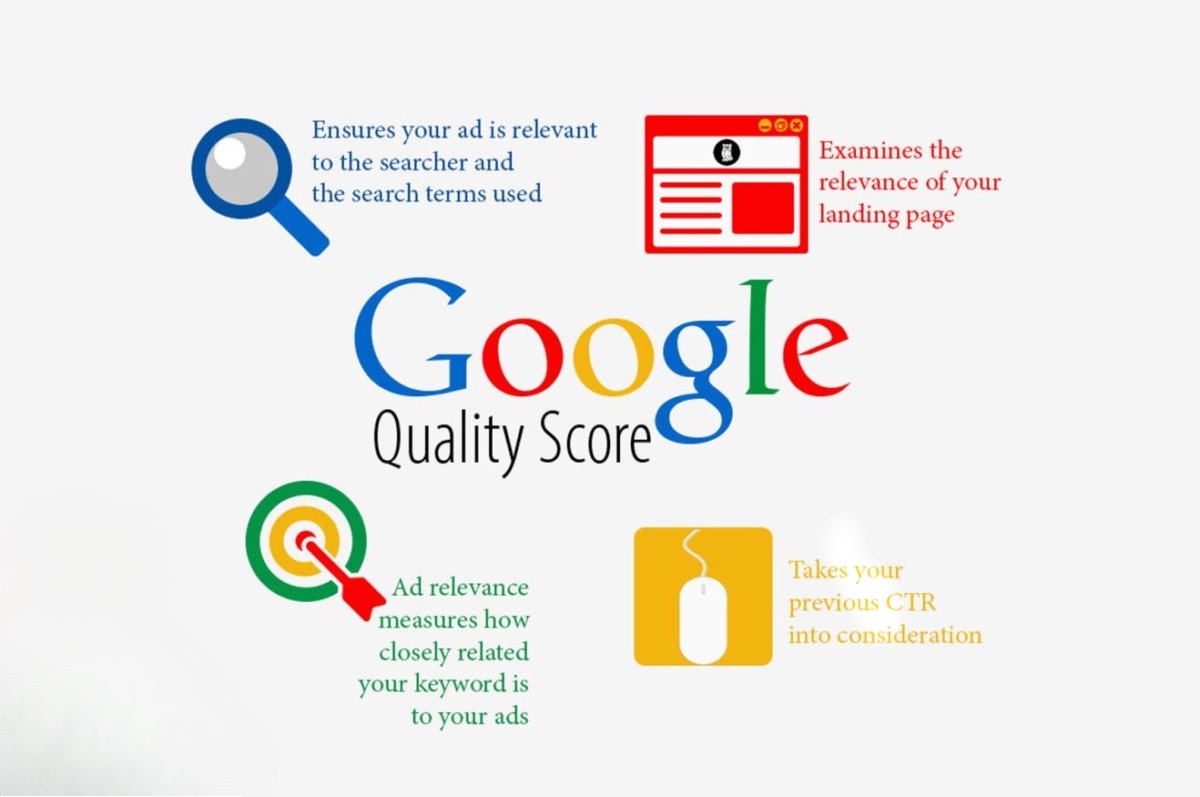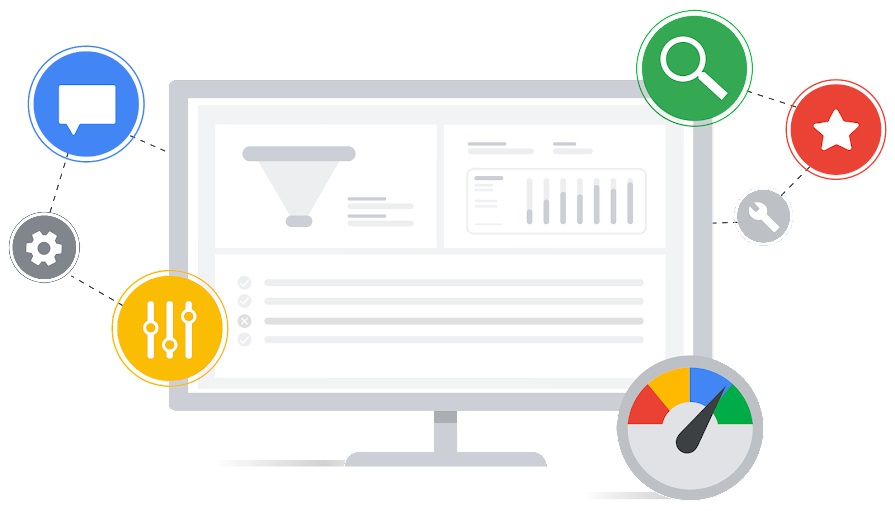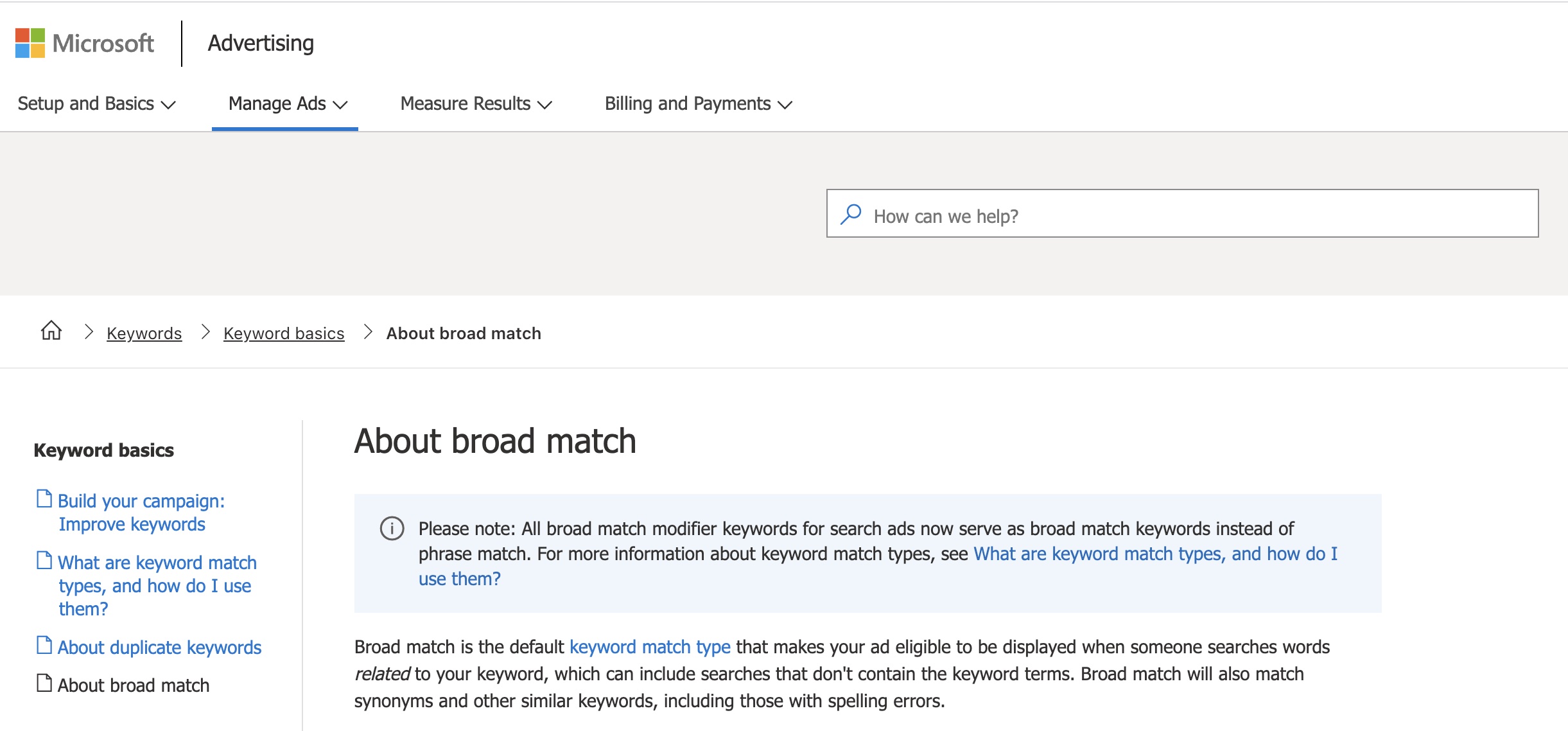In an overwhelming and competitive online sphere, making the most of your business’ online marketing platform is absolutely essential, and Google Ads is no exception. Your business is likely to already be using the platform to drive traffic to your website, but is your quality score in Google ads reaching its potential?
If you weren’t already familiar, Google Ads is an online advertising platform, which allows businesses to gain visibility across Google’s properties. The most common type of Google Ads ad is the search ad, which appears on the search engine results page (SERP) for searches relevant to the businesses products and services. These can be either paid, which puts your business automatically at the top of the search engine, or organic. However, businesses also use Google Ads to run display ads, shopping ads and YouTube ads.
Regardless of your experience with using Google Ads, we’ve got you sorted. This quality score improvement guide will allow you to boost your online presence and attract more potential customers allowing you to make the most of the platform.
What is Google Ads Quality Score?
Your Google Ads Quality Score is a measure of the quality, relevance, and performance of your ads in your pay-per-click (PPC) advertising campaigns. The rating looks at factors such as the overall relevance of the keywords used, the landing page and user experience. It is measured using a scale of 1-10, with 1 being the lowest and 10 being the highest.
This quality score acts as a general guide for whether or not an advertiser’s ads are relevant and useful, which leads us to why it is important for your business to improve this score…
Why Improve Google Ads Quality Score?
Some of the key reasons to improve your quality score are:
- Lower pay per click (PPC): A higher quality score can lead to a lower PPC rate. Yep that’s right. Google rewards advertisers with more relevant ads and landing pages with lower costs for their services.
- Improved ad position: Google takes quality score into account when determining ad position, so a higher quality score can help your ads show up higher on the search results page (SERP). This can lead to a higher click-through-rate (CTR) rate.
- Overall User Experience: Having a high quality score is indicative of the quality of your landing page, keyword usage and other factors. These all inform how good the user experience is on your website, ensuring user loyalty and better visibility for your brand overall.
Major Factors that affect Google Ads Quality Score
Now that we know the importance of having a good quality score, it’s time to go into the factors that influence it. Knowing these will allow you to take stock of your own business’ Google ads strategy and see where you can improve.
- Expected CTR: Google Ads estimates the likelihood that someone will click on your advertisement when it is shown. This estimation is based on factors such as your ad’s usage of keywords and your previous ad performances.
- Ad relevance: This is measured based on how closely your ad matches the intent of a person’s search query or phrase. Google considers the keywords in your business advertisement, the text itself and the landing page content. These all make up the evaluation of an ad’s relevance.
- Landing page experience Google ads: This entails how relevant and useful your landing page is to people who click onto your ad. Google considers the landing page content, the loading time, and mobile-friendliness of the page when evaluating this experience.
These are the most notable factors that are constantly affecting your quality score on Google Ads. Now that we know these, let’s go onto ways businesses can ensure an ad quality score improvement.
Ways to increase Google Ads Quality Score
Here are some of the ways you can increase your Google Ads quality score:
- Use relevant keywords: You’ve probably noticed that keywords have been a recurring word in this article. For very good reason. The keywords you utilise in your PPC ads should be relevant to the products or services you offer. They should also be relevant to the searches and queries that potential customers are likely to make. You can use the Google Keyword Planner tool to help you find relevant keywords.
- Write compelling ad text: As much as keywords are important, you don’t want your PPC ad to be stuffed full of them. It will make your wording sound clunky and unreliable to Google Ads and potential customers. Your ad text should hit those keywords whilst also remaining clear and concise. Don’t forget to add a call to action to encourage people to click on your ad.
- Create high-quality landing pages: Once you have grabbed customers through your enticing PPC ads, the work doesn’t stop there. The landing pages should be relevant to your ad text and keywords. They should also be well-designed and easy to navigate in order to create a good user experience . This can be easily tracked by Google Analytics to gauge your landing page performance and identify any areas for improvement.
- Make sure your landing pages are mobile-friendly: Mobile-friendly websites are those that are easy to access with a mobile device without significant changes from how it would be accessed through a laptop or a desktop device. This includes easy readability, usage and loading speed. An evaluation of how mobile friendly a website is can be checked by using Google’s Mobile-Friendly Test tool.
- Monitor your Quality Score regularly: Checking your quality score in Google Ads is not a one time thing. You can monitor your quality score through the Google Ads interface regularly to make sure you are always maintaining a good score, and finding out ways you can improve.
Ensure your Google Ads Quality Score Improvement Today
Google Ads Quality Scores are absolutely essential to evaluate and improve regularly. We hope you have taken away from this article a better understanding of Google Ads, how quality score works, and how you can work to increase yours.



